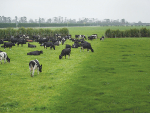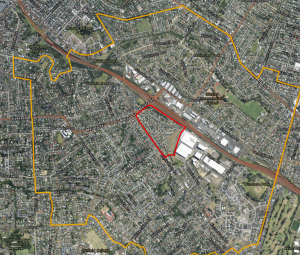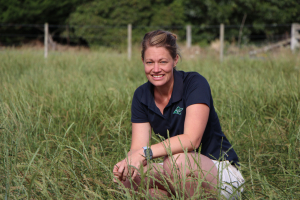Volatility is a word we hear a lot in dairy these days.
But it’s more than a buzzword; it’s a phenomenon that anyone running a business in this industry can firmly attest is the swinging voter on big dollars and many sleepless nights.
Volatility is actually a tricky term to nail down. Everyone has an idea of what it is, but outside the mathematics and chemistry definitions you get a lot of variation.
Put simply, volatility is the liability to change rapidly and unpredictably, especially for the worse. It’s fluctuation, variation, risk. Movement of a given measure around the expected value is part of it – that’s variance (the up and down). The other aspect of volatility is the frequency. So how big are these fluctuations, and how fast are they happening?
In the dairy industry, we face volatility in the price of inputs – feed, water, even electricity (and the availability of some), volatility in the milk price, the weather, sentiment, business relationships (for example between farmer and processor), in corporate structure – who owns what – in market access, in milk production, and who wants it. Those risks are interrelated, some have causal relationships, where volatility breeds more volatility.
Some of that volatility is driven by market interactions (like growing milk production drives prices down) and some by shocks (a drought, or closure of a key market, for example). Some recent examples are millennium drought, 2010-11 floods, DCD, botulism, bluetongue.
Volatility is everywhere. And in many cases, it’s becoming a bigger deal. We’re told the climate is becoming more volatile. Dairy markets certainly are and that reflects commodity markets more broadly.
Very few of the driving forces are within our control, and economic history in particular is littered with examples of well-intentioned attempts to ‘smooth out’ markets ending in expensive failure (examples: wool scheme, Thai rice stockpile, European exchange rate mechanism).











